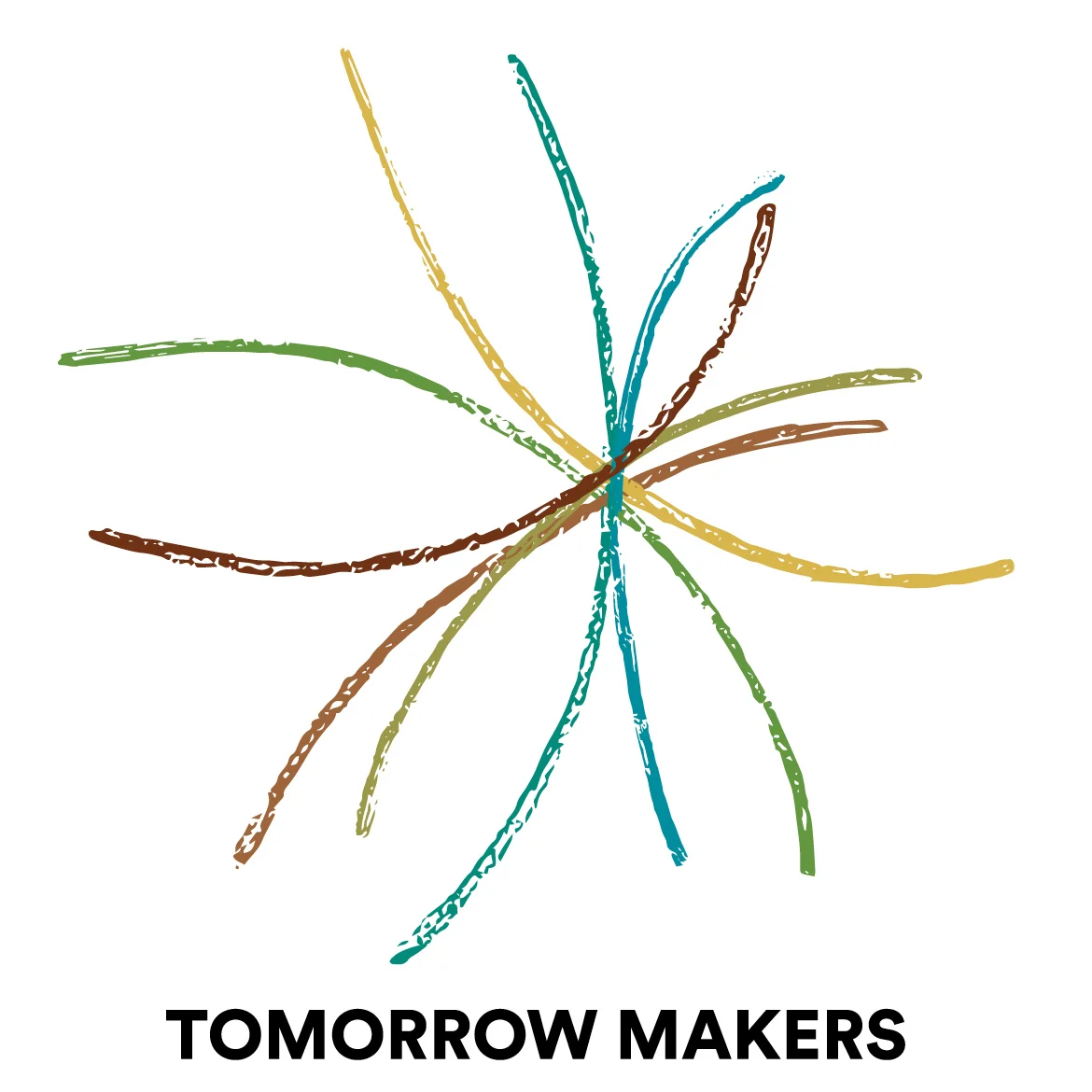Pipe cleaners, tin foil and new possibilities
/Originally posted on The Value Web blog
Victoria, British Columbia. Participants of the Transmission Global Summit were deeply immersed in their second roundtable discussion, culling together their ideas as to the characteristics of entrepreneurs, corporations and regional clusters within the creative industries that would enable them to thrive. They had been working for about 30 minutes when I began stopping by each group, dropping off a box of assorted odds and ends one may find in the closet of an elementary school art class: cardboard, straws, felt, string, rubber bands, balloons, pipe cleaners, tin foil, etc.
Continue your conversation," I instructed, "but as you do, use these materials to build a representational 3D model that exemplifies the distinguishing characteristics, qualities, structures and capabilities you have been identifying in your conversation thus far.
The conversation stops as they take in what I'm telling them, and their gaze moves back and forth between me and the box I've just deposited to the middle of their table. "You want us to do what?" "You're kidding?" Eyebrows raise, heads shake. A few in each group don a little smile, and I can see their minds leaping into the complexity I've introduced to their challenge. Often, groups go right back to what they were talking about, pushing aside both their new set of instructions and the box of materials.
Within a few minutes, though, one, two or in some cases the entire group has dumped the box over and they are sorting through the inventory. Soon, everyone has engaged with the materials. Structures begin to form, intertwine and establish a presence in the middle of the tables. All the while, the intellectual and conceptual conversation continues.
 photo by Chrisopher Bradford
photo by Chrisopher Bradford
Now, though, it is not purely their minds that are doing the thinking, but also their hands. It is not just concepts that are getting shaped and manipulated, but physical objects. The energy of the room rises significantly (one of the reasons we like to do this in the afternoon, when energy typically wanes), and outbursts of laughter and triumphant shouting bounce off the walls. Ah-ha! moments abound.
Leap ahead to the closing plenary the following afternoon. Roughly 150 participants are seated around tables, most of which have in the middle the finished products of the modeling exercise from the second roundtable. When asked what moment or moments of the summit stand out, a participant responds:
There was a moment yesterday when I was watching people with a tremendous amount of power and influence collaborate on how best to hold up popsickle sticks with plasticine, and I thought, 'Huh!' ... I realized we were really thinking in different ways ... truly collaboratively.
 She continued, "I contrasted this with a meeting I was at earlier this week between two groups who have a great deal of responsibility towards each other and who have some problems to work out. We came to the meeting looking for common ground. We sat in a traditional U-shape and we made some progress, but it was a very traditional business meeting, each side protecting turf, watching what we were saying. Last night, I wondered, 'if we had brought pipe cleaners and tin foil to the meeting on Monday, whether we may have had a different outcome in terms of breaking down the traditionally held views and opinions?'
She continued, "I contrasted this with a meeting I was at earlier this week between two groups who have a great deal of responsibility towards each other and who have some problems to work out. We came to the meeting looking for common ground. We sat in a traditional U-shape and we made some progress, but it was a very traditional business meeting, each side protecting turf, watching what we were saying. Last night, I wondered, 'if we had brought pipe cleaners and tin foil to the meeting on Monday, whether we may have had a different outcome in terms of breaking down the traditionally held views and opinions?'
One thing about the pipe cleaner exercise is that people put away their positions they were so entrenched in holding on to. I was really encouraged by this. While I don't know how much further ahead I am with answers to problems, I do (now) know that I want to be looking at those problems from a creative and collaborative process.
This is exactly the point of the modeling exercise we put the Transmission participants through, and why we have found it gets such a great response at Davos or any number of other events we've do. A lot of attention is spent on asking the right questions, on how they get framed and from what perspective to respond. While these things are critically important, we've found through modules like model building, where participants are challenged to put their ideas into a form other than words, graphics, tables and charts, you open up a typically untapped space for new thinking and conceiving of what is possible.

